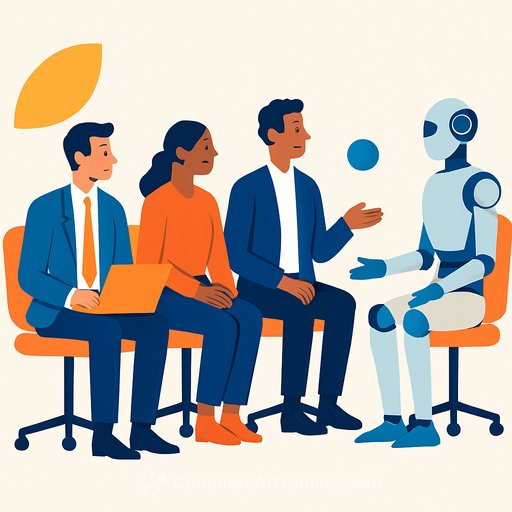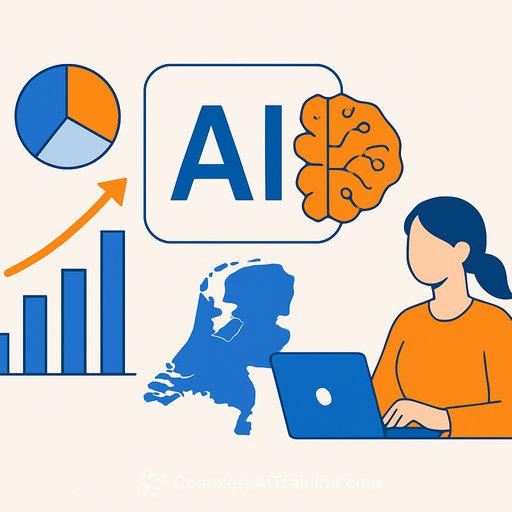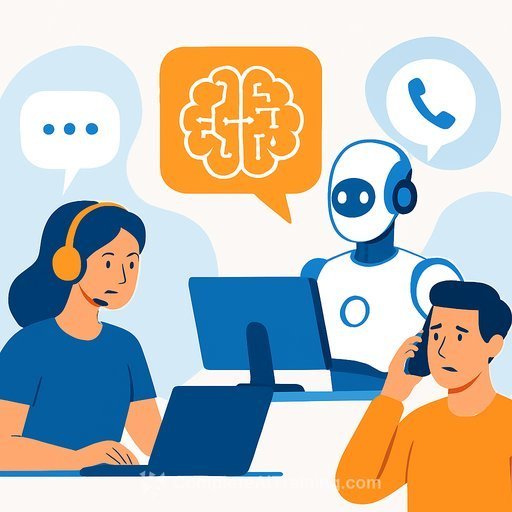The Real Reason Over Half Our Sales Team is AI — And What We Learned
More than 50% of our sales team is now AI. This isn’t about chasing trends or trying to be a poster child for AI adoption. It’s about solving real problems we faced day-to-day in sales operations—and learning what works and what doesn’t along the way.
Why We Started Experimenting with AI
Partly, it’s about staying current. If you run a B2B company today and you’re not testing AI in your workflows, you’re falling behind. We set up AI agents to handle different sales tasks, support, content review, and community management, giving us a practical edge over most companies.
But that wasn’t the main reason we dove deep. The real driver was frustration with recurring human challenges that were dragging our productivity down.
The Persistent Problems That Pushed Us Toward AI
- Follow-Up Failures: Leads went cold because no one followed up after demos. Silence, scrambling, then lost opportunities.
- New Hire Overconfidence: Fresh hires doubting strategies we refined over years, creating constant friction.
- Generic Outreach: Mass emailing templated messages to hundreds of prospects with low response rates, despite training and examples.
- Phantom Meetings: “No interest” was often code for no real outreach or engagement happening.
- CRM Black Holes: Getting reps to log activities and summarize meetings felt like an endless uphill battle.
AI changed this because it never forgets to add personalized touches, reference past interactions, or follow the playbook consistently. It does what we programmed it to do—no excuses.
What AI Actually Does Better
- Follows up every time, within set timeframes, with context-aware messaging.
- Executes proven sales strategies without questioning or resisting.
- Personalizes outreach by researching prospects before contacting them.
- Logs every interaction immediately with detailed notes.
- Operates 24/7 without breaks, sick days, or attitude shifts.
Training AI took about as much time as training a human SDR—two weeks of focused effort. But unlike humans, training AI can happen anytime, even outside regular hours.
We fed our AI with everything: millions of words of content, CRM data, marketing info, event histories. This process exposed how messy and incomplete our data really was, revealing hidden opportunities and gaps.
AI Isn’t Perfect, But It’s Consistent
Great human salespeople still outperform AI on complex deals, relationship building, and nuanced negotiations. But we didn’t always get great humans. Often, we got people with potential who needed constant oversight just to stick to basics.
AI may close deals at 60-70% the rate of our best human reps, but consider this:
- No management time wasted on basic execution
- No motivation or coaching needed
- No salary or career development distractions
- Consistent execution regardless of mood or circumstances
- Instant scalability and round-the-clock operation
When you factor in management overhead, turnover, and emotional energy spent on accountability, AI changes the cost-benefit equation significantly.
Real Results from AI SDRs
In two weeks, our AI SDRs sent 4,495 hyper-personalized emails, achieving the highest response rates on the platform—across all industries. But success required daily dedication: 90 minutes every morning, an hour every night, plus real-time responses.
Campaign performance varied:
- Website visitor reactivation: mixed results
- Lapsed sponsorship accounts: strong results
- Previous event attendees: very successful
- Cold outbound: weakest performance, as expected
What This Means for Sales Teams Today
We’re not saying AI should replace every human on your team. But if basic execution discipline is a consistent struggle, AI can fill that immediate gap while you fix hiring and management issues.
AI doesn’t complain, have bad days, or ignore follow-up. It simply executes, bringing a level of consistency many sales teams lack.
Looking Ahead: Our Vision for AI in Sales
- Almost all outbound handled by AI, overseen daily by humans
- 50%+ of event ticket sales managed by AI, rest through self-serve
- All inbound handled by AI in real-time
- About 20% of sponsorships sold by AI, rest by humans
- Exploring AI automation for customer success check-ins
We’re about halfway there, and the journey continues.
Lessons Learned from Implementing AI in Sales
- Expect more work, not less: AI requires expert oversight—someone who understands your business intimately and can train and audit daily.
- Daily auditing is essential: Spend time reviewing AI communications, fixing errors, and teaching the AI why changes are needed.
- Human-in-the-loop is a must: Respond to AI-driven prospect replies promptly and at a high quality to maintain momentum.
- Segment your campaigns: Different messaging for lapsed accounts, past attendees, website visitors, and cold outbound yields better results.
AI sales agents solved a pressing operational problem for us. They might not be perfect long-term, but they’re effective right now. In 2025, consistent execution often beats peak performance. AI gives us that steady consistency while we build better human systems.
For those interested in practical AI sales training and resources, Complete AI Training offers targeted courses to get you started.
Your membership also unlocks:






